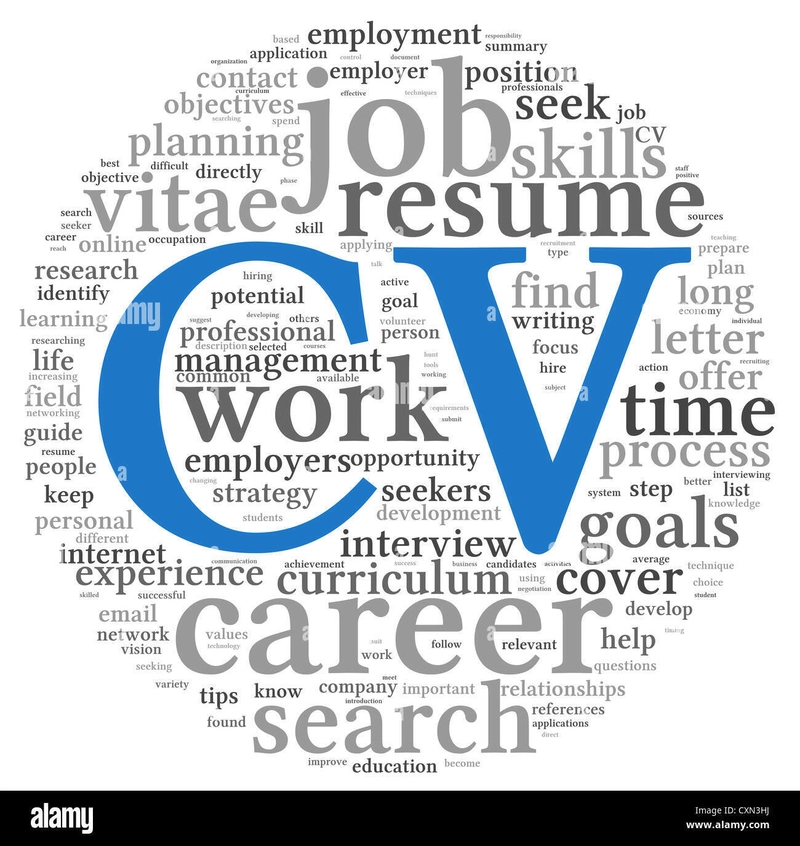In today’s job market, it’s not just recruiters who review your CV
Applicant Tracking Systems (ATS) often decide whether your application even gets seen. If your CV isn’t optimized for these systems, your experience and skills might never reach the hiring manager. Here’s how to write a CV that passes ATS filters while still impressing humans.
1. What is ATS and Why Does It Matter?
An ATS is software that scans, filters, and ranks CVs based on keywords, formatting, and relevance to the job description. A poorly formatted CV can get rejected automatically, even if you’re the perfect fit.
2. Choose the Right File Format
Best options: PDF or DOCX (most ATS tools can read both).
Tip: While many modern ATS systems can read PDF files, some older ones may struggle. To be 100% safe, submit your CV as a .docx file unless the employer specifically requests PDF
Also you may want to check file size too.
3. Keep the Design Simple
Stick to standard fonts: Arial, Calibri, or Times New Roman.
Avoid tables, graphics, icons, or text boxes.
Use clear headings and consistent spacing.
4. Use Keywords Strategically
Scan the job posting for required skills and titles.
Match those keywords exactly (e.g., if the posting says “Java Developer,” include “Java Developer” in your CV, not just “Java”).
List tools, certifications, and methodologies (e.g., Agile, Scrum, AWS).
5. Stick to Standard Headings
ATS tools recognize traditional section titles:
- Work Experience
- Education
- Skills
- Certifications
- Languages
Creative headings like “My Journey” may confuse the system.
6. Write Bullet Points with Action Verbs
Avoid long paragraphs. Use concise bullet points.
Start each with strong verbs: Developed, Managed, Optimized, Implemented.
Quantify achievements:
“Increased sales by 25%”
“Led a team of 10 engineers”
- Avoid using vague expression about your accomplisments
7. Format Contact Information Properly
Write your phone number in international format: +1 xxx xxx xxxx.
Use a professional email address(firstname.lastname@email.com).
Include a LinkedIn URL (avoid shortened links like bit.ly).
8. Skip Unnecessary Details
No date of birth, marital status, or full home address.
Even photo can be unnecessary for some applications.
Stick to what’s relevant to the role.
9. Keep It the Right Length
Ideal CV length: 1–2 pages.
Make every line count.
10. Test Before You Submit
Use online ATS simulators (e.g., Jobscan, Resumeworded) to check how your CV matches the job posting. This helps you adjust keywords and formatting before sending.
Final Thoughts
Writing an ATS-friendly CV isn’t about being flashy,it’s about being clear, structured, and keyword-optimized. Pass the system first, then let your experience and achievements convince the recruiter.
Remember: Step one is getting past the robot. Step two is winning over the human.




